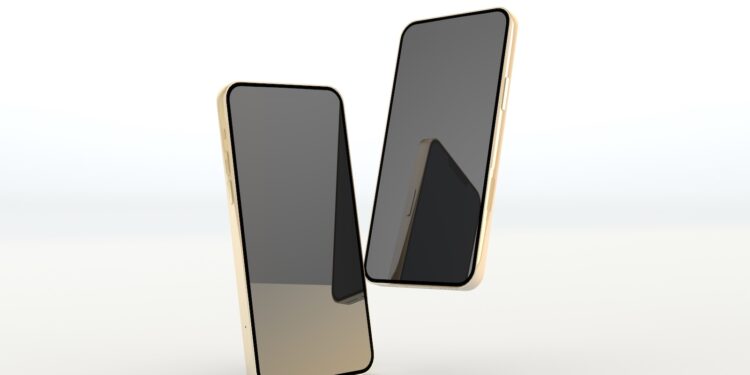With iOS 26, the iPhone not only gets a new operating system, but possibly also the first clear glimpse of the next major design revolution. The update brings a redesign with Liquid Glass, which at first glance appears to be merely a visual update. But a closer look reveals that Apple is already thinking about future hardware. Hints from the developer community suggest that it could be an iPhone with a bezel-less display and an all-glass design.
In the past, Apple has often hinted at where its hardware is headed in its software. A good example is the safe zones introduced with iOS 11. At the time, it wasn't clear why they were necessary—until the iPhone X appeared with its notch and home indicator. It's a similar story now with iOS 26: App designers like Craig Hockenberry recognize patterns in the new design framework that point to future devices.
What Liquid Glass means in iOS 26
The most striking new feature in iOS 26 is Liquid Glass. For most users, it presents a modern, elegant look. However, developers see clear limitations here, and these limitations are not accidental. Hockenberry, one of the first iPhone app designers, described in a blog post that apps under iOS 26 must be designed so that no controls or containers directly touch the edge of the display. This principle is very reminiscent of the change in iOS 11, which only made sense with the new hardware.
Hints of a bezel-less iPhone
Hockenberry describes how Apple is placing a lot of emphasis on "concentricity" in iOS 26. While this approach may seem controversial, it demonstrates Apple's desire to retain full control over UI elements that come into contact with the physical hardware. He speculates that iOS 26 will pave the way for an iPhone with a screen that blends seamlessly into its physical edge. Flexible OLED panels could play a key role in this. They allow the line between pixels and bezels to be blurred. The new safety zones on the device's vertical edges suggest Apple is working on a "wraparound" display—similar to the iPhone X, only now on all sides.
Patterns in Apple strategies
This approach fits with Apple's previous strategy. The company repeatedly introduces design frameworks or developer guidelines whose purpose only becomes apparent years later.
- Safe areas in iOS 11 only made sense with the iPhone X.
- App size classes appeared shortly before the iPad's multitasking features.
The same principle could now apply to the iPhone with a frameless, all-glass design.
Role of the iPhone Fold
Parallel to the speculation surrounding a bezel-less iPhone, the iPhone Fold is also being discussed. This model could be released as early as next year. Liquid Glass is likely to play a key role here, too, as flexible displays require a different UI logic. While the foldable represents the short-term development step, the bezel-less iPhone could hit the market in 2027. iOS 26, with its new design specifications, already lays the foundation for this.
iOS 26 as a harbinger of bezel-less iPhones
iOS 26 is far more than just a software update. With Liquid Glass, Apple demonstrates how closely the operating system and hardware are coordinated. For most users, it remains a visual refresh, but developers see clear hints of the future in it. Whether with the iPhone Fold or a completely bezel-less iPhone, the course has been set. iOS 26 thus marks not only a new look, but also the beginning of a new iPhone generation. (Image: Shutterstock / Diego Maravilla)
- iOS 18.6.2: Small update could be imminent
- Apple is planning a completely new strategy for the iPhone 18
- iPhone 17: Video sparks speculation about new cases





